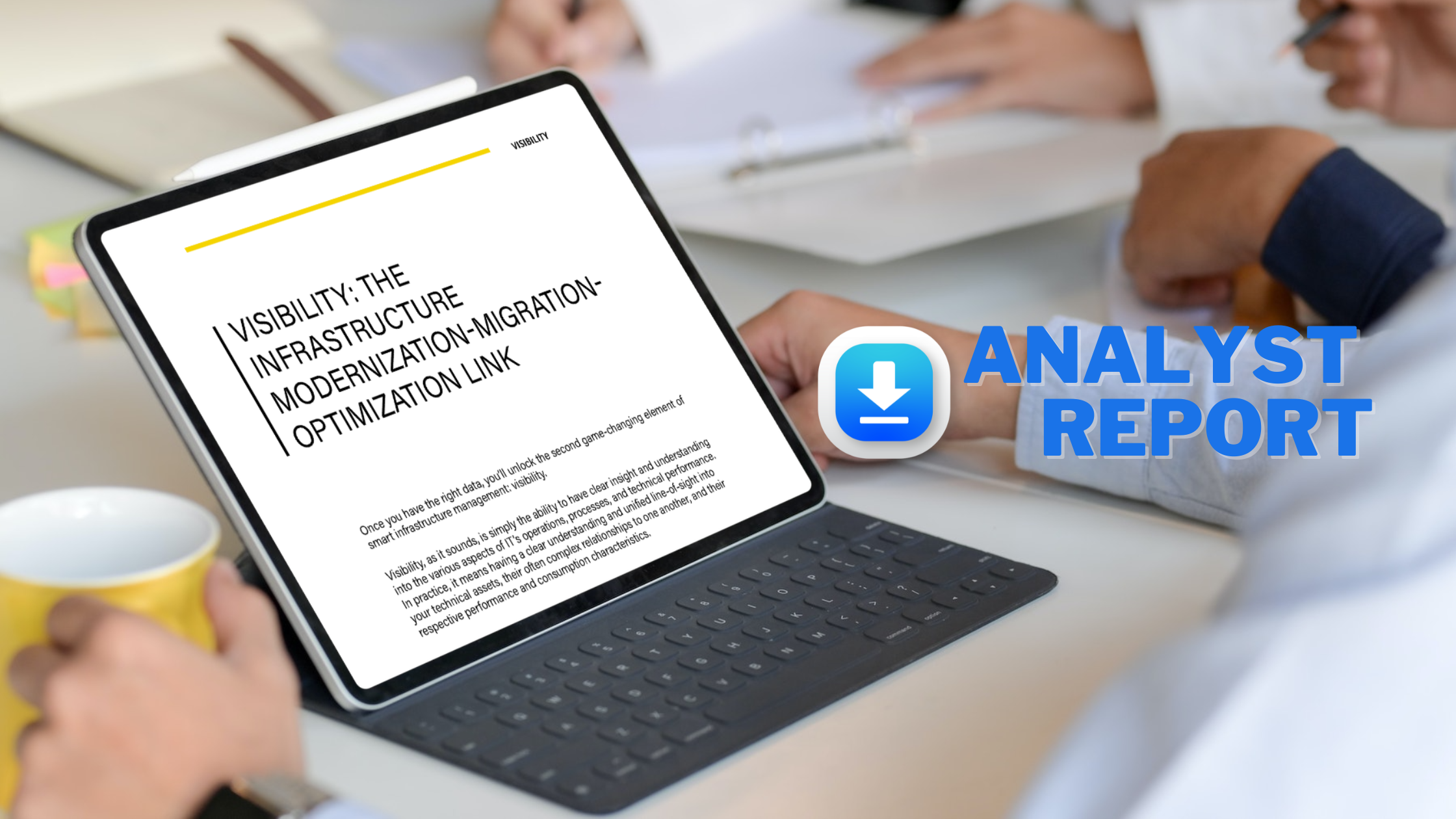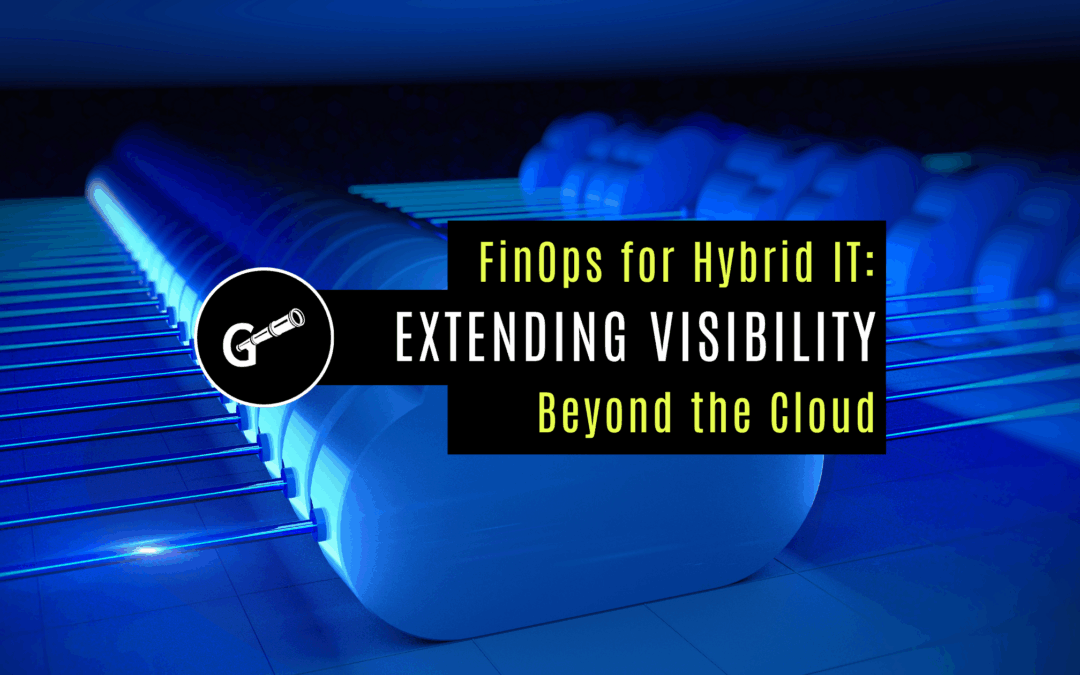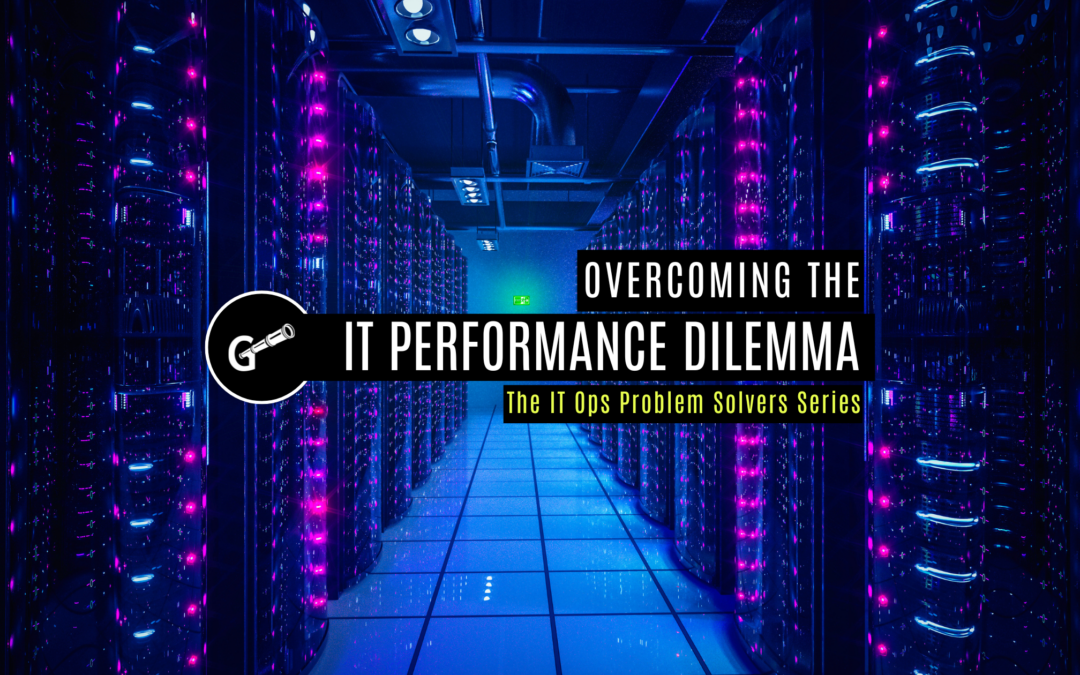By Charles Araujo, The DX Institute & The DX Report
Transformation and modernization are top-of-mind issues for every enterprise IT executive.
But whether it’s replatforming legacy applications or migrating them to the cloud, enterprise IT leaders routinely suffer from run-away costs, unforeseen complications, and out-of-control environments on the other side of the modernization process.
Yet, as an enterprise IT leader you have little choice but to forge ahead. The outcomes your business counterparts demand, coupled with the ever-increasing risks incumbent on legacy environments, mean you must find a way to transform and modernize your tech stack.
The irony is that while much of the focus during modernization and transformation efforts is on the application, the real source of challenges is often not the application at all.
What if the real issue is that you’re not paying enough attention to the unsung hero (and liability if you don’t address it) – your infrastructure?
I’ll even go so far as to say that you will never truly succeed at modernizing and transforming your IT application stack — nor avoid the crazy, unexpected costs, the lack-of-control challenges, or the unforeseen performance issues — until you have first modernized and transformed your infrastructure.
The question that holds enterprise leaders back is understanding what infrastructure modernization really means and how to do it amid all the other pressures and constraints you face.
The good news is that it is possible to free your applications from their legacy shackles and rapidly (and cost-effectively) transform your infrastructure by changing the way you look at infrastructure management in the first place.
You need to move past looking at it as a moribund practice akin to maintaining your plumbing or flossing your teeth. Rather than avoiding and minimizing it, you need to see it as the gateway to the visibility, transparency, and governance you need.
The essential missing element is the smart utilization of infrastructure data.
It’s why I call this approach smart infrastructure management – and it will change how you approach your modernization and transformation efforts. In this report, I will help you understand how to address these challenges without bearing the cost, burdens, and risks of rebuilding everything from scratch.
Inside the Report:
Data-centric smart infrastructure management is the foundational capability that acts as a force multiplier. It gives you the insights, contextualization, and shared understanding you need to transform your modernization efforts from risk-laden chores to the driver of business outcomes that you require.

Chapters:
- Why You’ve Skipped Over — and Then Struggled With — Infrastructure Modernization
- The Three Essential Elements to Modernizing and Transforming Your Infrastructure
- Data is the Foundation of Smart Infrastructure Management
- Visibility: The Infrastructure Modernization-Migration-Optimization Link
- Why Transparency is the Great Enabler
- Your Dynamic, Optimized, Modernized, and Transformed Future
⬇️ Download the Full Report
Ready to Take the Next Step?
When it comes to managing IT infrastructure, the stakes have never been higher. Virtually every part of the tech stack — whether legacy on-prem, in a private cloud, or in the public cloud — has direct business- and customer-facing exposure. And, with workloads constantly shifting, multiple environments in production simultaneously, new technologies being introduced on a regular basis, and costs incredibly difficult to manage, IT organizations need a new, data-centric way to manage their infrastructure stack.
We know firsthand how traditional monitoring tools fall short. Like you, we manage complex systems. And we’ve felt the pain of configuring a slew of overly complicated tools that failed to give us what we needed.
That’s why we built Galileo. Unlike traditional monitoring architectures, Galileo leverages contextual data to expose your operational reality. By combining raw historical data with a purpose-built analytics engine and intuitive 3D navigation (uniquely built on a state-of-the-art gaming engine), Galileo delivers the visibility and insights IT teams need to:
- Cut costs by optimizing cloud and on-prem workloads.
- Answer critical infrastructure questions, including “What do I have?” “What’s connected to what?” and most importantly, “Am I healthy?” to manage infrastructure health, connectivity, and capacity efficiently.
- Optimize the stack to increase resiliency and reliability, improve governance, and reduce risk, all without exhausting your internal resources.
Set up a Galileo demo and change how you see your infrastructure and analyze its health – FOREVER!

See more. Know more. DO more … with Galileo. Let’s get started today.




